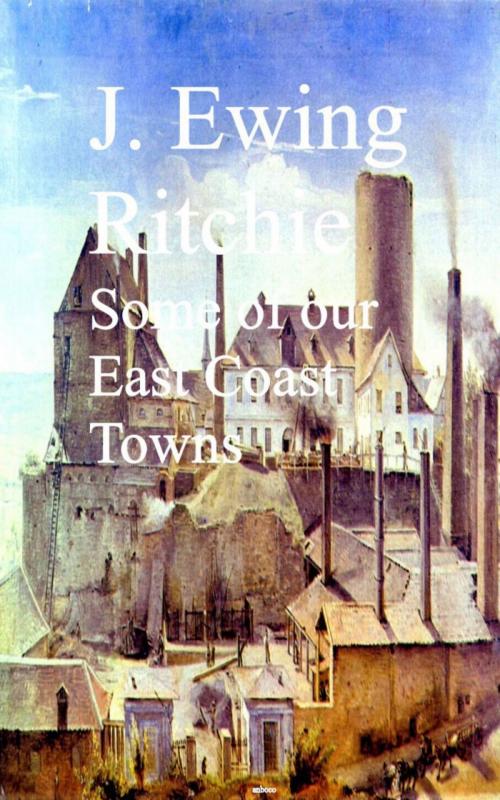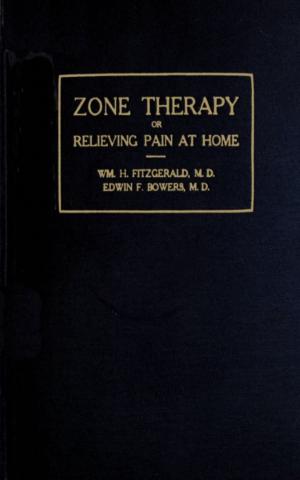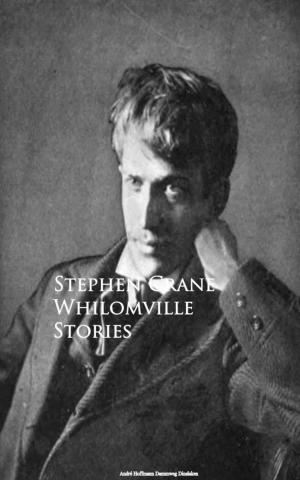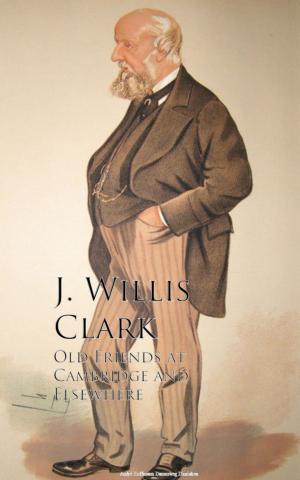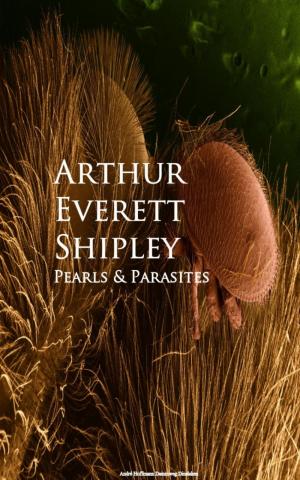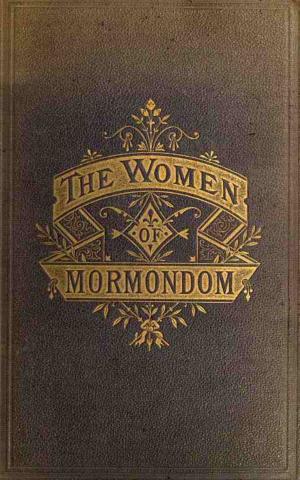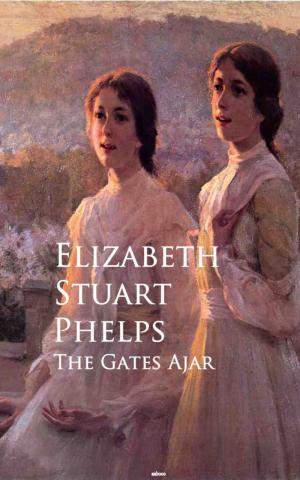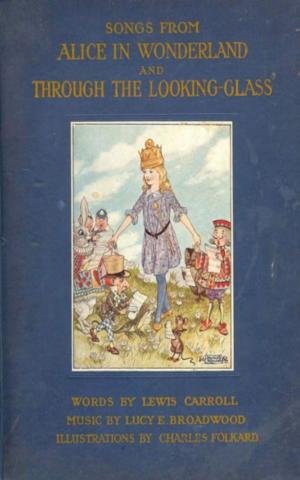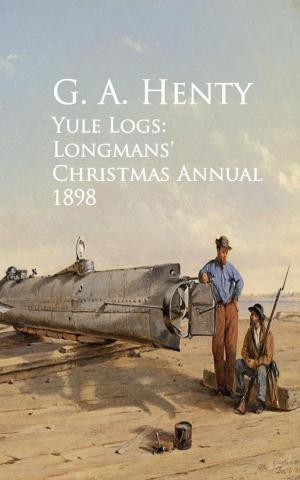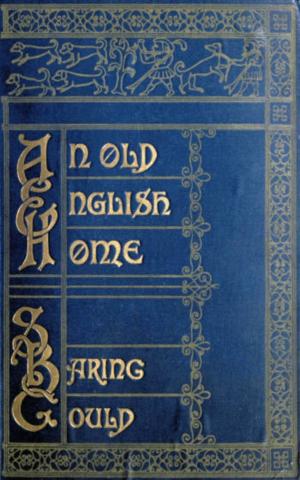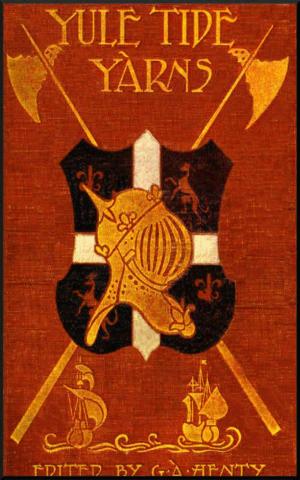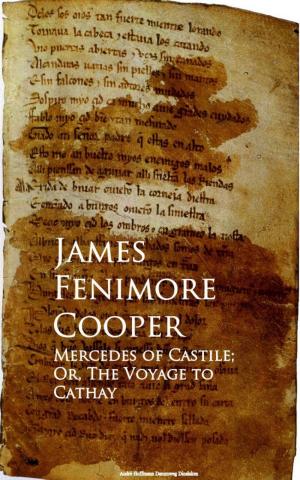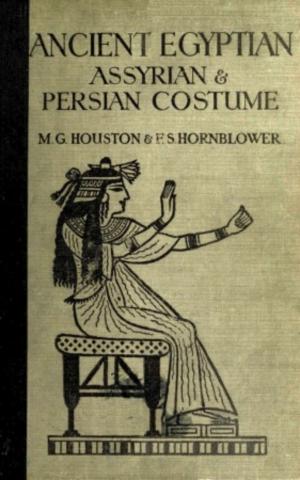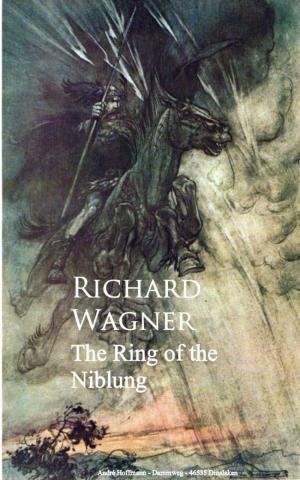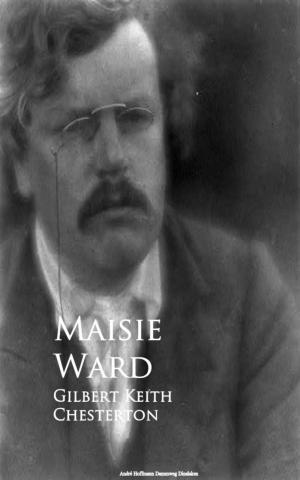| Author: | J. Ewing Ewing Ritchie | ISBN: | 9783736419964 |
| Publisher: | anboco | Publication: | June 30, 2017 |
| Imprint: | Language: | English |
| Author: | J. Ewing Ewing Ritchie |
| ISBN: | 9783736419964 |
| Publisher: | anboco |
| Publication: | June 30, 2017 |
| Imprint: | |
| Language: | English |
Chelmsford, one of the youngest of the Essex Boroughs, and almost a suburb of Greater London by means of the Great Eastern Railway, was, when I first knew it, a dignified county town, the leading people of which considered a second post from London as a daily nuisance, and had no taste for what is practically too near the rush and roar of modern life. The old stage-coaches stopped and changed horses at quaint old hotels, which have long disappeared. Now, as you drop down from the railway station, past the Quakers' chapel on one side, and the big brewery on the other, all is modern, and except the church which stands on your left, there is little left to recall the past. In the square, opposite the Shire Hall, there is a modern statue which recalls to memory Chief Justice Tindal, who, born in 1776, at a house called Coval Hall, was educated at the Chelmsford Grammar School, and died at Folkestone, in 1846. The statue is erected on the p. 2site of an ancient conduit, which stood long upon the spot, with a Latin inscription which few Essex people cared to read. Not far off is the Corn Exchange, which, what time corn was a commodity worth dealing in, was on Fridays as busy as Mark Lane itself. But on the whole the town is modern, and all of the modern time. It is respectable, thoroughly so, quite as much as any London square or street. Its great industry is a modern one—the manufacture of Electric apparatus, by the firm of Crompton and Co., Ltd., a firm which has for some time occupied a leading place in connection with the installation of Electric light, and has been the means of lighting not only Chelmsford, but many of the principal buildings in London. If you want to see antiquity in Chelmsford, you must pay a visit to the Museum, now incorporated with the Essex Field Club, which is a very good one of its kind. One of the best antiquarian magazines of the day is the Essex Review, published in High street, which is really a credit to the town.
Chelmsford, one of the youngest of the Essex Boroughs, and almost a suburb of Greater London by means of the Great Eastern Railway, was, when I first knew it, a dignified county town, the leading people of which considered a second post from London as a daily nuisance, and had no taste for what is practically too near the rush and roar of modern life. The old stage-coaches stopped and changed horses at quaint old hotels, which have long disappeared. Now, as you drop down from the railway station, past the Quakers' chapel on one side, and the big brewery on the other, all is modern, and except the church which stands on your left, there is little left to recall the past. In the square, opposite the Shire Hall, there is a modern statue which recalls to memory Chief Justice Tindal, who, born in 1776, at a house called Coval Hall, was educated at the Chelmsford Grammar School, and died at Folkestone, in 1846. The statue is erected on the p. 2site of an ancient conduit, which stood long upon the spot, with a Latin inscription which few Essex people cared to read. Not far off is the Corn Exchange, which, what time corn was a commodity worth dealing in, was on Fridays as busy as Mark Lane itself. But on the whole the town is modern, and all of the modern time. It is respectable, thoroughly so, quite as much as any London square or street. Its great industry is a modern one—the manufacture of Electric apparatus, by the firm of Crompton and Co., Ltd., a firm which has for some time occupied a leading place in connection with the installation of Electric light, and has been the means of lighting not only Chelmsford, but many of the principal buildings in London. If you want to see antiquity in Chelmsford, you must pay a visit to the Museum, now incorporated with the Essex Field Club, which is a very good one of its kind. One of the best antiquarian magazines of the day is the Essex Review, published in High street, which is really a credit to the town.
